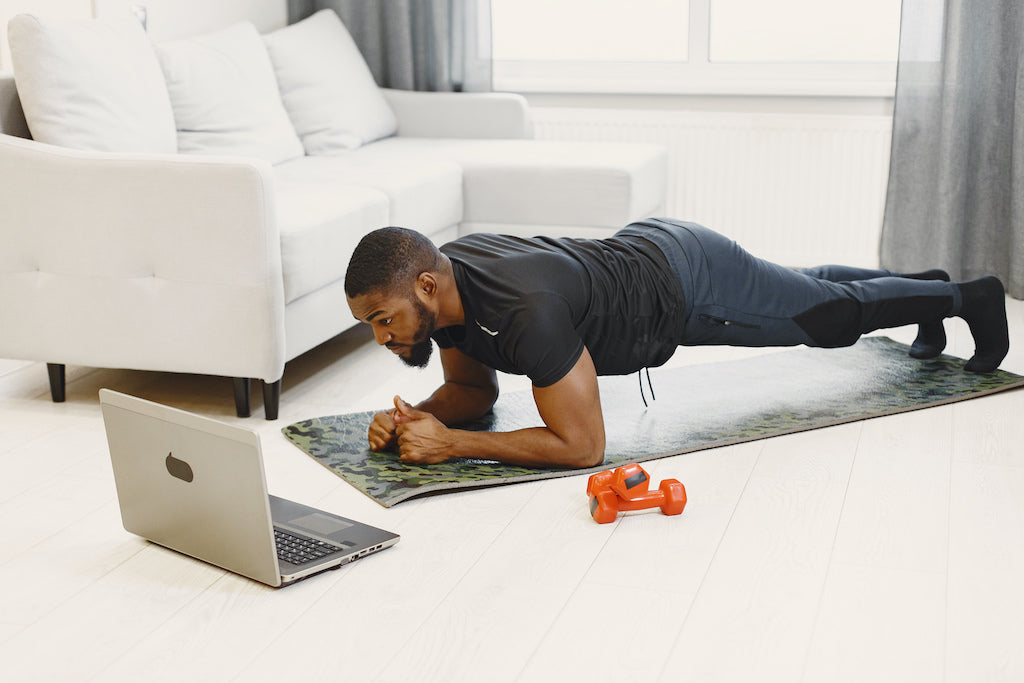Best Exercises for Muslims: From Sunnah to Science
Train Your Body. Align Your Intentions.
Fitness isn't merely about looks or muscles. In Islam, being responsible for your body is a form of worship. The Prophet Muhammad ﷺ promoted exercise for strength, health, and toughening up, and science is finally playing catch-up.
Here are the best exercises for Muslims, based on Sunnah and backed by scientific advantages. If you're beginning or want to enhance your exercise routine, this guide is meant for you.
1. Walking: The Prophetic Daily Habit
"He (the Prophet ﷺ) used to walk briskly, and companions had to hurry to keep up with him." (Shama'il Tirmidhi)
Sunnah:
The Prophet ﷺ used to walk regularly, particularly in the morning. His walking was said to be intentional and brisk.
Science:
- Burns calories and strengthens cardiovascular health
- Lifts mood and lowers anxiety
- Lengthens lifespan when done regularly
Tip: Take 7,000–10,000 steps a day. Pair it with morning dhikr or a podcast for spiritual and mental benefits.
2. Horseback Riding, Archery & Swimming: Sunnah Sports
"Teach your children swimming, archery, and horseback riding." (Umar ibn al-Khattab, as quoted in several sources)
They're not just ancient sports—they're skill-based, full-body exercises that improve coordination, concentration, and discipline.
Science-Backed Advantages:
- Swimming: Low-impact, builds stamina, excellent for all ages
- Archery: Enhances concentration, posture, and upper-body power
- Horseback Riding: Improves core stability, leg power, and emotional control
Modern Substitutes: Experiment with kayaking, resistance bands, or indoor cycling if these aren't readily available.
3. Bodyweight Training: Strength with Simplicity
The Prophet ﷺ highlighted strength:
"The strong believer is better and more beloved to Allah than the weak believer." (Muslim)
Bodyweight exercises (push-ups, squats, planks) are simple to perform anywhere—no weights required.
Why it works:
- Develops real-world strength and endurance
- Strengthens posture and balance
- Short routines = more likely to stick long-term
Halal Fitness Tip: Make niyyah (intention) at the start of every workout and record your progress weekly.
4. Stretching & Mobility: Sunnah Postures Revisited
Salah itself is a full-body mobility routine: standing, bowing (ruku’), prostrating (sujood), and sitting.
Pair that with intentional stretching, and you’ve got a simple yet effective recovery practice.
Science Says:
- Increases flexibility and reduces injury
- Improves blood flow
- Enhances physical and mental relaxation
Try This: 5-minute mobility flow after Fajr or before Maghrib.
5. HIIT or Circuit Training: Efficient & Effective
High-Intensity Interval Training (HIIT) is not from the Sunnah, but it fits with the principle of efficiency of time and power.
You can get in a complete workout in 20 minutes—great for busy Muslims.
Benefits:
- Burns fat quickly
- Increases cardiovascular fitness
- Maintains high metabolism all day
Warning: Begin slowly. 2–3 times per week is sufficient. And always focus on form over speed.
6. Walking to the Masjid: Sunnah Cardio Every Day
"Whoever goes to the mosque… for each step he walks, one sin is forgiven him and one reward is written for him." (Bukhari)
A dual reward: religious and physical.
Make it a habit if your masjid is walkable—it qualifies as both worship and workout.
Bonus Tip: Merge Physical + Spiritual Intentions
Don't keep your fitness separate from your faith. Islam is integrated. When you:
- Exercise on purpose, it's ibadah (worship)
- Train regularly, it builds sabr (patience)
- Rest with balance, it respects your body's amanah (trust)
Final Thoughts: Sunnah + Science = Sustainable Fitness
Fitness in Islam is not about the pursuit of a certain body shape. It's about respecting your body, maintaining strength for worship, and developing self-discipline. If you combine Sunnah teachings and scientific knowledge, you create an effective, faith-driven lifestyle.




Comments
Post a Comment